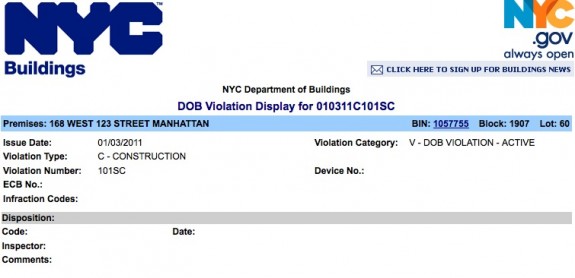It’s that time… We have to sign our life away and start a mortgage that’s bigger than I ever thought I’d have. It’s scary how much money the banks will give us – but at the end of the day once we’ve got our C of O and have rental income coming in, the numbers really do work (quite nicely, actually).
We were pretty set on a fixed rate mortgage, but weren’t sure whether whether we wanted to pay points to get a lower rate. Then after talking to our accountant I started wondering whether we should go with an adjustable rate mortgage.
Our options are:
- 5.5%, 30 year fixed, 1.25 points
- 5.25%, 30 year fixed, 2.5 points
- 4.5%, 7/1 ARM (5/2/5), 30 year term, 2.5 points
The trick with the 5.25% fixed and 4.5% ARM is that we have to come up with the money for the extra points at closing (1 point = 1% of your loan value). That will make our cash flow problem next year worse, but after about 7 years we’ll start saving money (compared to the 5.5% loan) because the lower mortgage payments would finally save more than the points would cost us.
Here’s how things work out (I’m using the mortgage calculator at HSH.com – it’s the best I found)…
March 2041 – regular pay off date for a 30 year mortgage
March 2036 – date we’d pay it off just by making biweekly rather than monthly mortgage payments (that’s a no brainer!)
February 2035 – date we’d pay it off if we went with the 5.25% fixed but paid the amount that would be due with the 5.5% loan and paid biweekly.
July 2032 – date we’d pay it off if we went with the 4.5% ARM but paid the amount that would be due with the 5.5% fixed, paid biweekly, and the rate never adjusted (unlikely).
I’m couching the discussion in terms of when we pay off the loan. Our goal is to pay the mortgage off as quickly as possible so we have the equity in our place to use to make another real estate purchase during the next real estate downturn (or the one after).
The biggest thing to notice is you can pay off your mortgage 5 years early just by dividing the payments in two and paying it every two weeks. I wish I had known that years ago. That’s a huge difference! That much we’ll definitely do, so the next question is how can we make it even shorter?
Paying extra points, but keeping the amount we pay the same shaves off just over a year. Given that it’s going to take 7 years to see the financial benefit and it makes our cash flow issues worse, I’m not so excited about that any more (it was the option we were planning on).
Going with an adjustable rate mortgage can have the biggest impact. But the problem is you never know how the rates will change. If they go up we could have big problems. The worst case is we couldn’t afford the house and had to sell during a slump. If the rates go down it could be great – we could pay the loan off even more quickly. We just don’t know what will happen and it’s an awfully big gamble. Dan and I have always been really conservative when it came to mortgages. We’re not gamblers. We’re the tortoise that gets there slowly but surely. Yes, it could almost shave another 5 years off the loan, but it just feels like too big of a gamble.
We’ll give the bank the final answer tomorrow morning. But I’m thinking we’re going with the 5.5% fixed rate with low points. It just makes the most sense for us.
One last note: If you’re renovating a townhouse and need a loan – contact Michael Stein at Wells Fargo (212/805-1055). Last I checked Wells is the only lender who are offering “conforming” (Fanny/Freddie) loans to rehab shells. Plus, Michael’s a great guy who’s literally worked with us for two years – telling us whether we could afford the mortgages for different types of properties, and then double and triple checking our numbers to make sure things went through smoothly.


